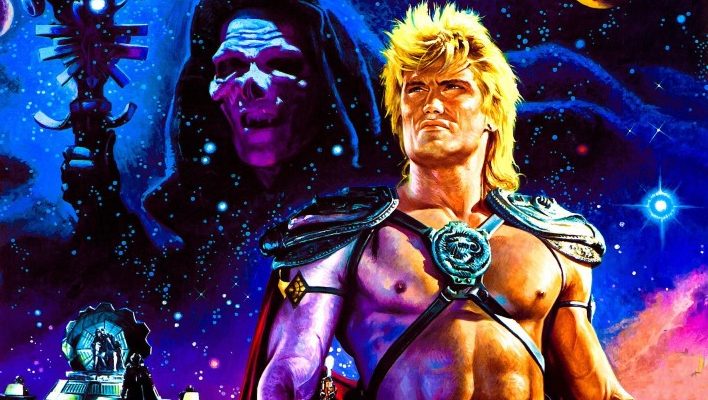Liam Hoofe reviews Death to the Tsar…
Despite the title of the novel, no Tsars were killed in the making of this story, instead, the title of the comic refers to a revolutionary cry uttered several times throughout the novel. Rather than the Tsar, it is Moscow’s Grand Duke Sergei Alexandrovich who is the victim here, as the story details his final days from both his own point of view and that of his assassin.
Set in 1904, 13 years before the Russian Revolution, Death to The Tsar is an examination of a state on the brink of collapse. One riddled with paranoia and backstabbing, and writer Fabien Nury, who also wrote the excellent The Death of Stalin, captures the mood of the nation expertly.
Split into two parts, the first half of the comic focuses on the last days of Alexandrovich. A somewhat clumsy leader who inadvertently ends up responsible for a massacre of the Russian people. This catastrophe sets off a chain of events which ultimately leads to his inevitable demise. The story follows him as hushed whispers of an assassination attempt begin to spread around Moscow, and he is forced to get his estate in order as he spends every day wondering whether it will be his last. Nury does an excellent job of building the tension throughout the story here, as the reader begins to suspect every character who crosses paths with Alexandrovich. Artist Thierry Robin is on hand to help here too, and his brilliant depiction of Moscow and his bleak colour palette really capture the impending sense of doom. He also deploys a much brighter colour palette for the day of the Grand Duke’s death, one which almost highlights what a significant victory the assassination is for the revolutionaries. Watching the Duke become increasingly paranoid, and spiralling out of control makes for some incredibly compelling viewing.
Equally as compelling, though, is the second half of the story, which documents the same days from the point of view of the Duke’s assassin, Georgi. Georgi is a mysterious man hell-bent on his mission and is not afraid to put a bullet into anyone brave enough to cross his path or question his cause. Telling both men’s stories parallel to one another was a smart move on the part of Nury. Through this, we see him examine the nature of power and the way that one’s desire for it, regardless of what side you are in, will ultimately come back to bite you. Both men meet the same fate, though, through different means and the novel’s closing pages are incredibly well executed. What becomes of a man when he has no purpose in a world ruled by power? What Nury does, perhaps intentionally, perhaps not, is have the spectre of the 1917 revolution floating throughout, and because of that, this story feels like just one a many, a small piece of the much bigger jigsaw. It’s an excellent way of highlighting just what is involved to make a revolution happen.
Thanks to the big screen success of The Death of Stalin, Nury’s work feels incredibly relevant right now. In Death to the Tsar, Nury manages not only to perfectly capture the essence of a revolution, but also the personal sacrifices and the smaller, untold stories that come with it. The artwork is excellent, and the story even more so. This is another must read from Nury and Robin.
Rating: 9/10
Liam Hoofe












